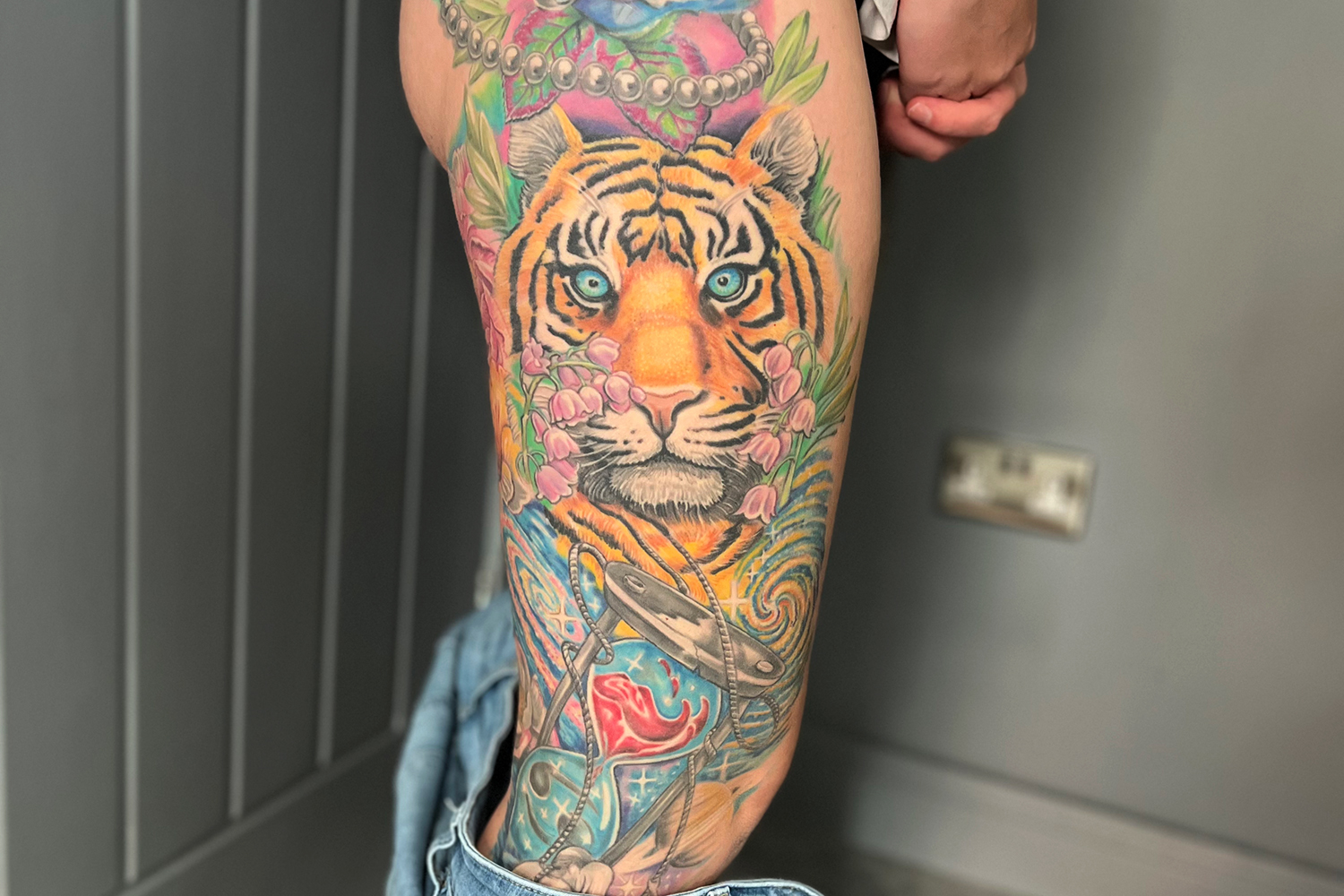Sports photography is all about capturing moments of intense action, emotion, and precision. It’s a unique genre that requires not just technical skill but also an understanding of timing, movement, and anticipation. If you’re looking to enhance your sports photography skills, these tips will help you capture sharper, more dynamic, and visually engaging shots that truly convey the excitement of the game.
Remember, capturing photos is just the first part of the process. The second part is editing the photos to give them a polished finish. It is in post-processing that you can remove people from photo, fix the red eye issue, fix blur, and so on.
Look at the tips for capturing breathtaking sports moments.
Understand the sport
Every sport has its own pace, rhythm, and key moments. To effectively capture these nuances, it is essential to understand the sport you’re photographing.
When you know where the action will unfold – whether it’s the moment a batter swings in baseball or when a soccer player takes a penalty kick – you can position yourself to capture that decisive shot. Observing previous games or watching professional sports photography examples online can give you an idea of where to focus your camera.
- Freeze the action by using fast shutter speeds
Sports involve rapid movements, and using a fast shutter speed is essential to capture clear, sharp images. A shutter speed of 1/1000th of a second or higher is usually ideal for freezing motion, especially in fast-paced sports like basketball, soccer, or track and field. However, you can adjust the speed based on the type of sport and the effect you want to achieve. For instance, if you want to capture motion blur to highlight the speed of an athlete, you could go for a slightly slower shutter speed, such as 1/500th of a second.
- Optimize camera settings for low-light conditions
Sports events often take place under challenging lighting conditions, such as dimly lit gyms or outdoor fields at dusk. To tackle these situations, increase your ISO settings to make the most of the available light. While higher ISO settings can introduce noise, many modern cameras offer excellent noise reduction at higher ISOs, allowing you to maintain quality.
Alternatively, consider using a wide aperture (like f/2.8 or f/4) to let in more light and achieve a shallow depth of field, which also helps isolate the athlete from the background.
- Utilize continuous shooting mode
One of the keys to capturing the perfect sports photo is using your camera’s continuous shooting mode. This setting allows you to take multiple shots in quick succession, increasing your chances of capturing a critical moment, like a slam dunk, a sprint finish, or an intense facial expression. Set your camera to burst mode and shoot in short bursts rather than holding down the shutter continuously, as this can fill up your memory card and slow down your camera’s buffer.
- Focus on expressions and eyes
The eyes and facial expressions of athletes can convey intense emotion, adding depth and drama to your sports photos. Focus on the athlete’s face whenever possible, as this creates a personal connection with the viewer and highlights the determination, excitement, or concentration of the players. If you’re photographing a team sport, capture moments of celebration, frustration, or teamwork to add a narrative element to your shots.
- Use panning techniques for motion blur
If you’re photographing fast-moving sports, like cycling or racing, consider using the panning technique to convey a sense of speed. Set a slightly slower shutter speed (around 1/30th to 1/60th of a second), then follow the subject with your camera as they move. This technique creates a sharp subject against a blurred background, which effectively conveys emotion. Panning requires practice, but with time, you’ll be able to capture dynamic images that stand out.
- Stay focused and be prepared
Preparation is key in sports photography. Familiarize yourself with the venue, understand the layout, and position yourself in an ideal location before the event begins. Charge your batteries, bring extra memory cards, and make sure your camera settings are optimized. As the game unfolds, stay focused and anticipate the next big moment, as sports photography is as much about timing as it is about skill.
Conclusion
Mastering sports photography requires technical skill, creativity, and a deep understanding of the sport you’re capturing. From adjusting your camera settings and practicing panning techniques to capturing emotions and details, these tips can help you take your sports photos to the next level. With practice and experimentation, you’ll be well on your way to creating compelling, action-packed images that showcase the energy and passion of sports.
Along with mastering capturing techniques, pay attention to honing your photo editing skills as well. This will help you give your sports photos a sharp and polished finish.



